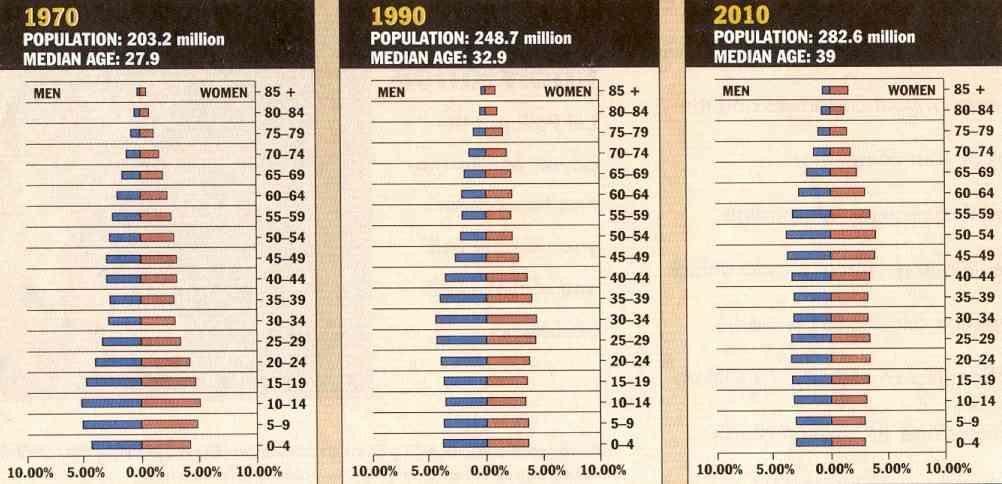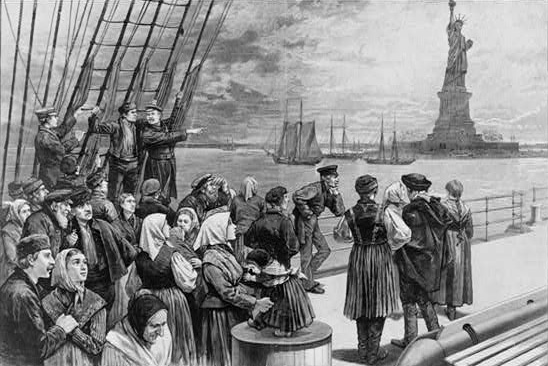 Recently, the federal government found a 1,800 foot tunnel between San Diego and Tijuana, Mexico that was mostly used to smuggle drugs back and forth across the border but also used for getting illegal immigrants to California unnoticed. The Tunnel was 4 ft. by 3 ft. and big enough to crawl through. Over 30 tons of marijuana were found at the crime scene, apparently the work of a drug cartel. Here is a link to a video from the crime scene:
Recently, the federal government found a 1,800 foot tunnel between San Diego and Tijuana, Mexico that was mostly used to smuggle drugs back and forth across the border but also used for getting illegal immigrants to California unnoticed. The Tunnel was 4 ft. by 3 ft. and big enough to crawl through. Over 30 tons of marijuana were found at the crime scene, apparently the work of a drug cartel. Here is a link to a video from the crime scene:Massive drug tunnel found between Mexico and US
In my opinion, if immigration laws were less strict, Mexicans would not feel such pressure to illegally enter the country so that they can have a chance at the opportunity the United States has to offer. If the laws were made to help immigrants and not ostracize them, there would not be as many problems as there are today with stricter border control.
Info here:http://voices.washingtonpost.com/crime-scene/around-the-nation/feds-find-drug-tunnel-to-mexic.html





